The effects of communicating uncertainty on public trust in facts and numbers
- PMID: 32205438
- PMCID: PMC7149229
- DOI: 10.1073/pnas.1913678117
The effects of communicating uncertainty on public trust in facts and numbers
Abstract
Uncertainty is inherent to our knowledge about the state of the world yet often not communicated alongside scientific facts and numbers. In the "posttruth" era where facts are increasingly contested, a common assumption is that communicating uncertainty will reduce public trust. However, a lack of systematic research makes it difficult to evaluate such claims. We conducted five experiments-including one preregistered replication with a national sample and one field experiment on the BBC News website (total n = 5,780)-to examine whether communicating epistemic uncertainty about facts across different topics (e.g., global warming, immigration), formats (verbal vs. numeric), and magnitudes (high vs. low) influences public trust. Results show that whereas people do perceive greater uncertainty when it is communicated, we observed only a small decrease in trust in numbers and trustworthiness of the source, and mostly for verbal uncertainty communication. These results could help reassure all communicators of facts and science that they can be more open and transparent about the limits of human knowledge.
Keywords: communication; contested; posttruth; trust; uncertainty.
Copyright © 2020 the Author(s). Published by PNAS.
Conflict of interest statement
The authors declare no competing interest.
Figures


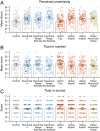
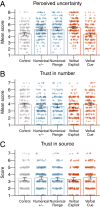
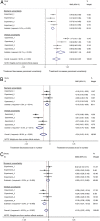
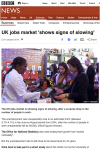
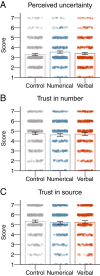
References
-
- Fischhoff B., Communicating uncertainty: Fulfilling the duty to inform. Issues Sci. Technol. 28, 63–70 (2012).
-
- van der Linden S., Löfstedt R. E., Eds., Risk and Uncertainty in a Post-Truth Society (Routledge, 2019).
-
- Edelman, 2018 Edelman Trust Barometer. https://www.edelman.com/research/2018-edelman-trust-barometer. Accessed 5 March 2020.
-
- Edelman, 2017 Edelman Trust Barometer. https://www.edelman.com/research/2017-edelman-trust-barometer. Accessed 5 March 2020.
-
- Pew Research Center, Beyond distrust: How Americans view their government. https://www.people-press.org/2015/11/23/beyond-distrust-how-americans-vi.... Accessed 5 March 2020.
Publication types
MeSH terms
LinkOut - more resources
Full Text Sources
Other Literature Sources

